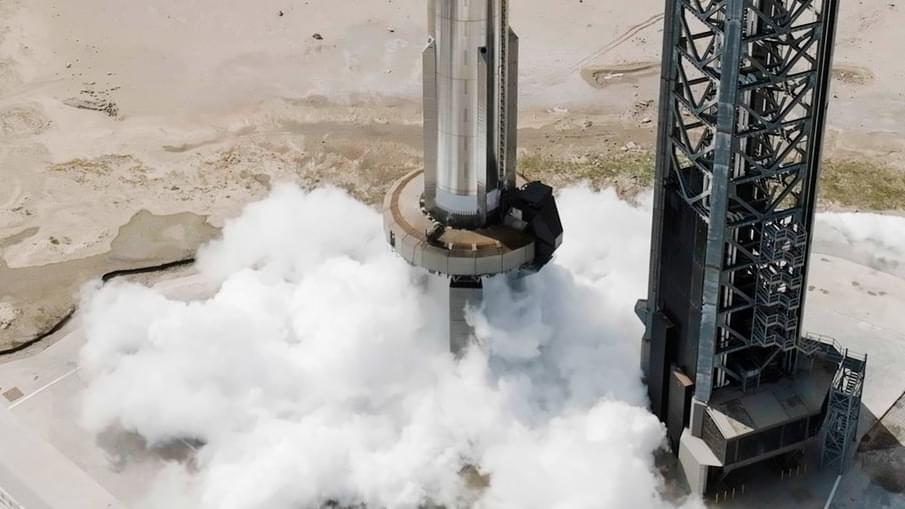A research team consisting of the National Institute for Materials Science (NIMS) and the Tokyo University of Science has developed the fastest electric double layer transistor using a highly ion-conductive ceramic thin film and a diamond thin film.
This transistor may be used to develop energy-efficient, high-speed edge AI devices with a wide range of applications, including future event prediction and pattern recognition/determination in images (including facial recognition), voices and odors. This research was published in the June 16, 2023, issue of Materials Today Advances.
An electric double layer transistor works as a switch using electrical resistance changes caused by the charge and discharge of an electric double layer formed at the interface between the electrolyte and semiconductor. Because this transistor is able to mimic the electrical response of human cerebral neurons (i.e., acting as a neuromorphic transistor), its use in AI devices is potentially promising.






